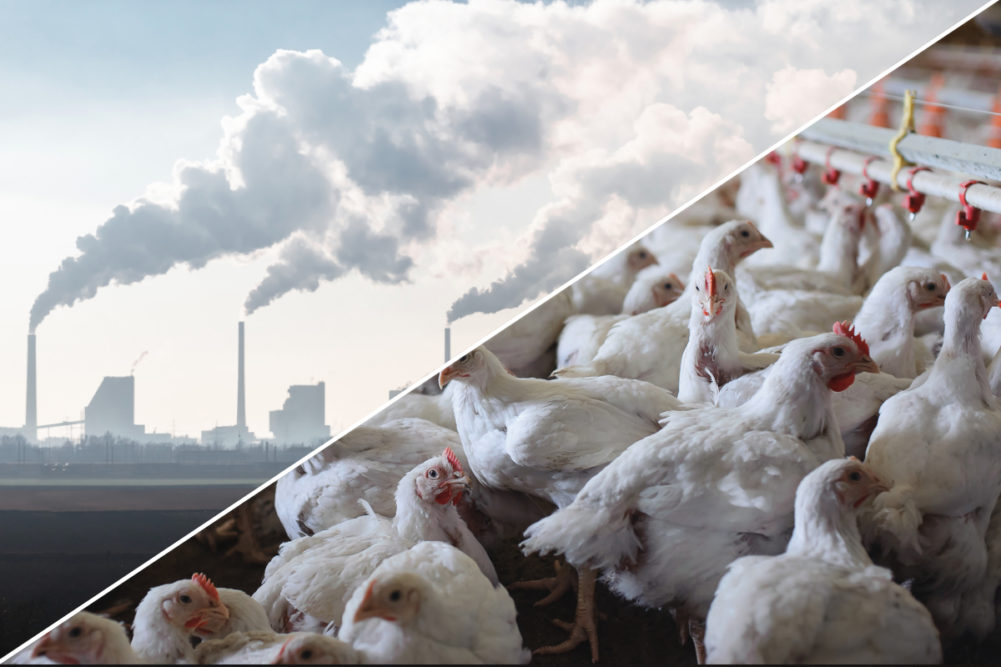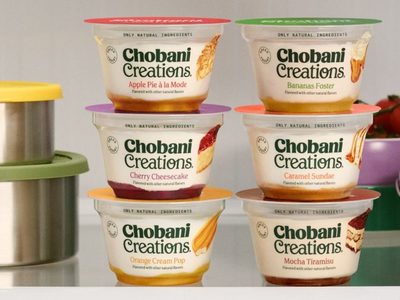GLADSTONE, MO. — Focusing on one sustainability issue, be it a single ingredient, process or practice, may have negative consequences if a company fails to account for impacts and tradeoffs in other sustainability areas.
“That creates a challenge in today’s food system because you can’t impact one variable in a system without having an impact on the overall system,” said Charlie Arnot, chief executive officer of the Center for Food Integrity, in a Dec. 12 webinar.
Food safety is one of several issues to consider when making sustainability decisions.
“It would be outrageous for a food company to make a decision based upon a special interest group’s demands that decreases the safety or stability of security of their supply chain,” said Marty Matlock, Ph.D, a professor of ecological engineering at the University of Arkansas in Fayetteville and executive director of the university’s Resiliency Center. Research at the Resiliency Center examines the interconnectedness of economic, social and environmental systems.
Dr. Matlock gave the example of two “diametrically opposed” advocacy-based initiatives: slow-growing broiler chickens and greenhouse gas emissions.
“To do one violates the other,” he said.
Among its concerns, the Better Chicken Movement claims growing chickens too fast causes them to have trouble walking and to develop heart conditions. Dr. Matlock said growing chickens slower could lead to more greenhouse gas emissions as well as increases in water footprint and land footprint.
The Center for Food Integrity, based in Gladstone, has developed three modules for companies active in sustainability areas.
The first module helps companies set up sustainability priorities. The Center for Food Integrity, a not-for-profit organization whose members and project partners represent the food system, has identified more than 250 sustainability attributes relevant to the food industry.
The second module helps companies evaluate tradeoffs in sustainability issues. Cage-free eggs is an example. Hens have more freedom to move in cage-free operations, according to the Center for Food Integrity, but drawbacks could come in greenhouse gas emissions, hen mortality, air quality, worker safety and an increase in the cost of food production.
The third module helps companies respond to groups requesting the company change its practices. Positive outcomes are possible, Mr. Arnot said. The group might endorse the company publicly, or the company might gain insight on better ways to operate its business. If an agreement with the group is not reached, the company should emphasize how meeting the group’s demand would be inconsistent with other company commitments like animal welfare, food safety or worker safety.
Dr. Matlock spoke in favor of “precompetitive collaborations” in which knowledge is spread across supply chains. Examples of such collaborations are Field to Market and the U.S. Roundtable for Sustainable Beef.
“We have to bring the least effective and least efficient of our producers and our processors up or out of the system: up in terms of effectiveness or efficiency or sustainability or out of the system so the system is not undermined by poor performance,” he said.
Companies that imply their product is safer than competitors’ products could undermine confidence among all products in the category.
“We still rarely see, ‘My lettuce is more safe than your lettuce,’” he said.
Companies may have trouble differentiating their product from their competitors’ product by using an ecological brand, he said, since close to 800 ecological brands exist globally.
Dr. Matlock said he expects sustainability issues to keep evolving.
“The consumer is a broad unwieldy beast that’s difficult to define, but in general consumers are reacting to the consequences of agricultural production,” he said.




